Internet of Things! IoT – Is the Internet a Boon? Or Curse? Find out Right here!
The Internet of Things 2023 (IoT) is a term used to describe the growing network of physical objects that are online, connected, and able to communicate and share information.
Computers and smartphones are the first devices connected to the Internet. Over the past decade, our homes have been filled with smart TVs, connected kitchen appliances like kettles and fridges, intelligent alarms, cameras, and light bulbs. At the same time, we grew up working around intelligent machines in the workplace, driving smart cars, and even living in smart cities.
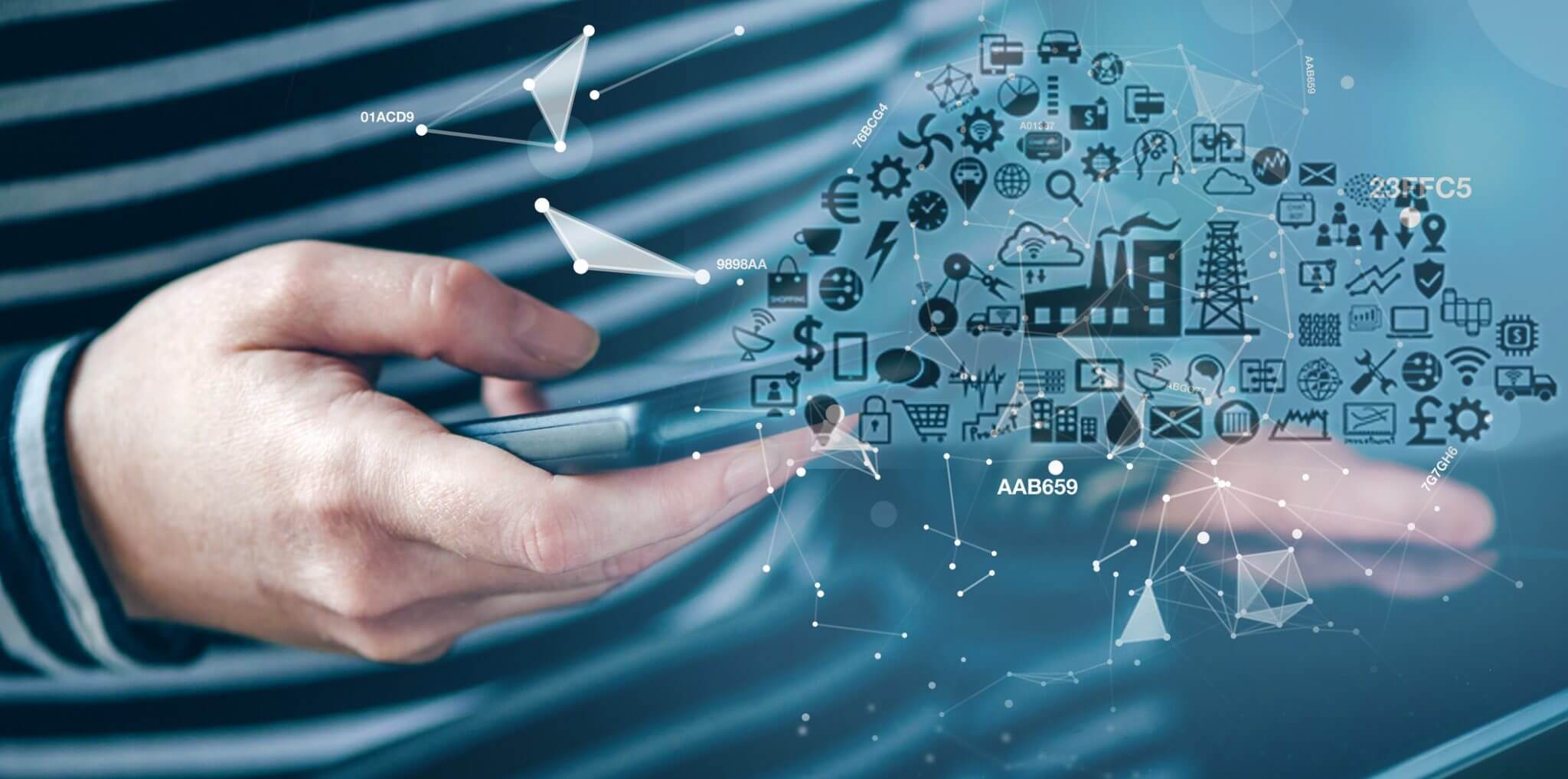
In 2023, it is predicted that more than 43 billion devices will be connected to the Internet. They will collect, share, and help us use that data in various ways. So here’s a look at some key trends that will affect how we use these tools and interact in the coming year.
The combination of two significant technological trends will define how technology will be used in companies and businesses in 2023. One of the metaverse applications for business would be to bridge the gap between the real and virtual worlds.
Using data from the Internet of Things 2023 sensors, it is possible to build a digital twin that improves the efficiency of many systems – from factories to supermarkets. Professional users can step into these digital twins using meta-experience technology such as VR headsets to understand better how they work and how individual adjustments can affect the results. Business.
We are already seeing the application of technology integration in marketing, where store planners can analyze foot traffic during changes to displays and promotions to evaluate their impact on customer behavior and, ultimately, accounts and the generation of money. The industrial environment allows plant designers and manufacturers to test different machine configurations, identify potential safety problems and predict when failures will occur. Ability to do.
Internet of Things 2023 devices
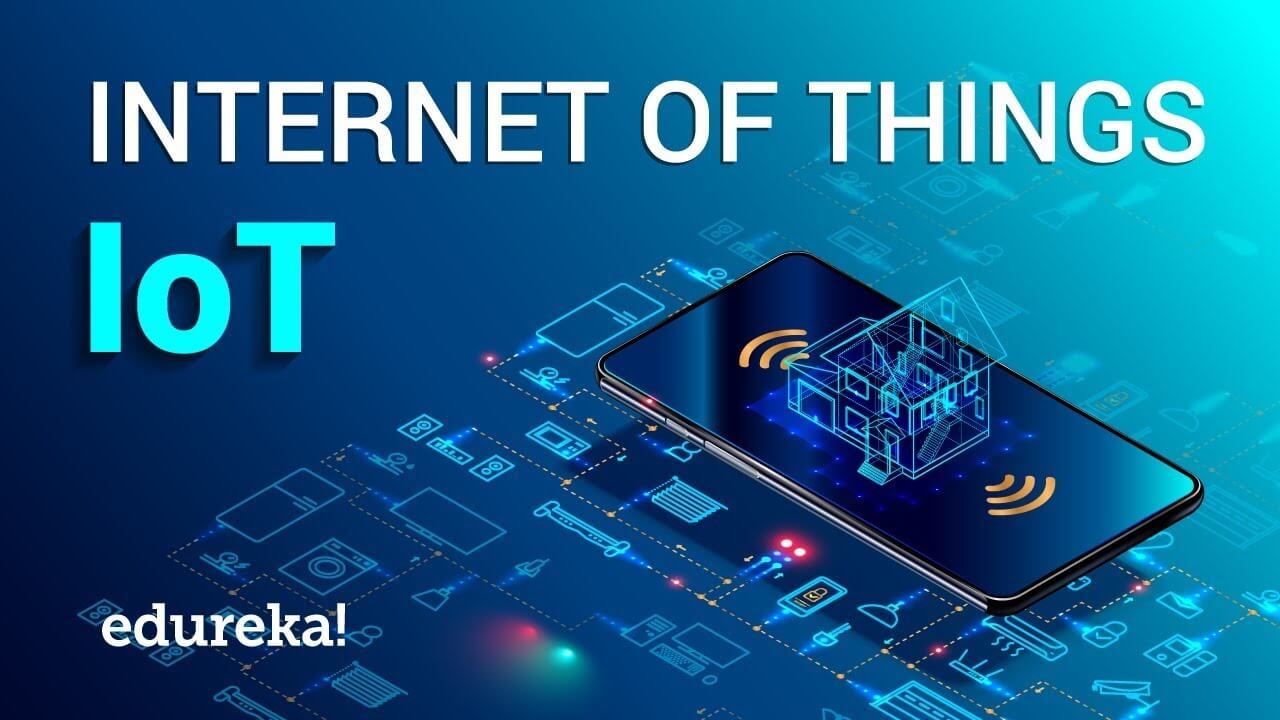
Internet of Things 2023 devices make our lives easier and more convenient, but they expose us to different cyber-attacks. Simply put, the more connected our devices are to our environment, the more doors and windows are open to attackers. As the number of devices explodes in 2023 and beyond, businesses, device manufacturers, and security experts will step up the fight to keep “criminal actors” at bay and reduce their chances of getting their hands on our precious data.
In the United States, the White House National Security Council expects to have standardized security labels for manufacturers of consumer Internet of Things devices by early 2023.
This will help consumers understand the dangers that the very devices they bring into their homes can cause. . . Many basic attacks, such as phishing attacks, rely on social engineering – tricking users into revealing access details – and can be prevented by taking precautions.
The UK is also expected to introduce a telecommunications product and equipment security charge (PTSI). For those involved in the Internet of Things – especially in the consumer space where the network can be the only barrier between thieves and sensitive personal data – it is expected that investment in security measures will reach $6 billion in 2023.
The Internet of Things 2023
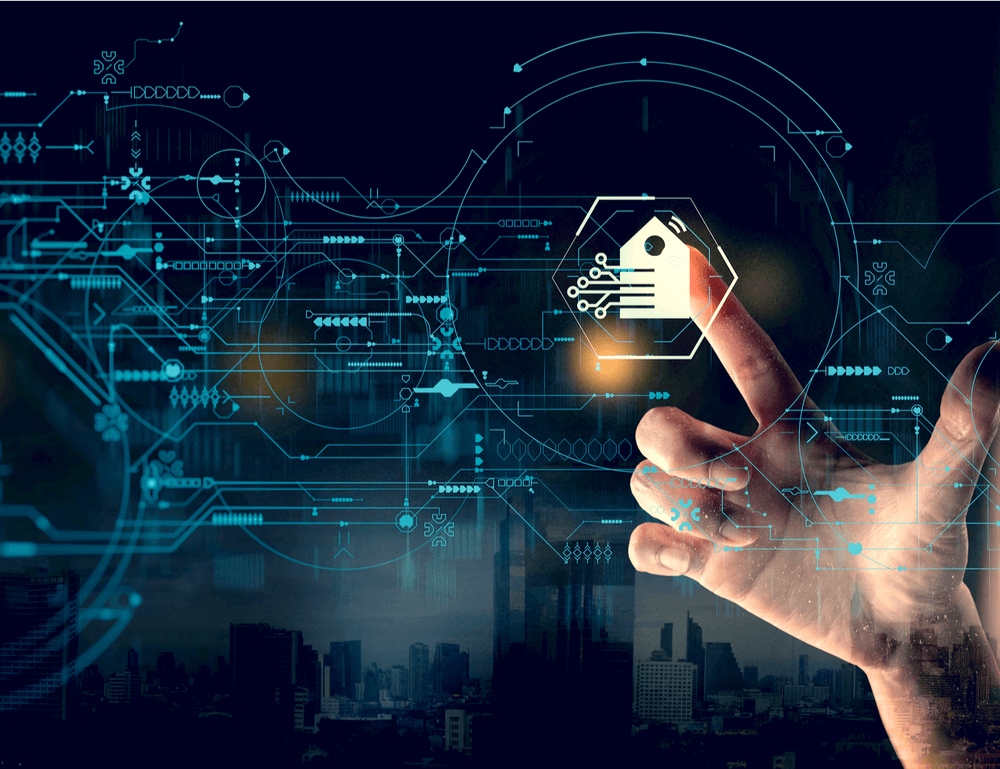
Healthcare is a massive opportunity for Internet of Things technology, with the market value of IoT healthcare devices expected to reach $267 billion by 2023. One of the biggest game changers is wearable devices and home sensors that allow healthcare professionals to monitor a patient’s condition outside the hospital or doctor’s office. This enables 24/7 care while freeing up valuable resources for patients who need immediate care. In 2023, most of us will be familiar with the concept of a “virtual hospital,” where doctors and nurses will monitor and treat patients in their homes using sensors and telemedicine.
On the consumer side, wearable devices allow everyone to have a better idea of their health and well-being, which will help reduce the pressure on the current health system by enabling us to seek help in the first place when things go wrong and to get a. better understanding. Of the effects of diet and exercise on our health. Smartwatches with ECG sensors and Sp02 are typical, and next year we can expect to see other products, such as skin patches. We can see a device from Elon Musk’s Neuralink, which produces implants that read neurological signals – one of the first targeted devices to help paralyzed people control their bodies.
Governance and regulation in the Internet of Things space

By 2023, the EU is expected to introduce legislation requiring manufacturers and operators of smart devices to follow stricter rules about how data can be collected, where it can be stored, and what they will do. Done to prevent damage.
It is just one of the new laws we can expect to be implemented worldwide. This means that 2023 could be the year governments begin to tackle the ever-expanding legal and social implications of IoT (Internet of Things).
EU legislation is also expected to address front-end computing, which uses devices designed to process data at the point of collection rather than sending it to a central cloud server for analysis.
Meanwhile, in Asia, 2023 is the end of the three-year plan of the Chinese government to introduce policies that help to adopt IoT technology across the country. In China, as in the rest of the world, the Internet of Things 2023 has the potential to drive significant business growth. However, it is understood that it must be developed rigorously to avoid potential conflicts and privacy concerns. And personal rights.
The main points shown during the High Lighten through the Internet of Things.
In the last few years alone, we have seen a dramatic change in IoT capabilities. It’s interesting to think about the future of IoT in five or ten years. The industry’s growth has increased along with its potential – the number of IoT devices by 2030 is expected to exceed 24 billion.
We look forward to seeing developments in 5G, human intelligence, and advanced analytics bring the industry to a new level. Let’s explore seven real possibilities of what awaits IoT in the next few years.
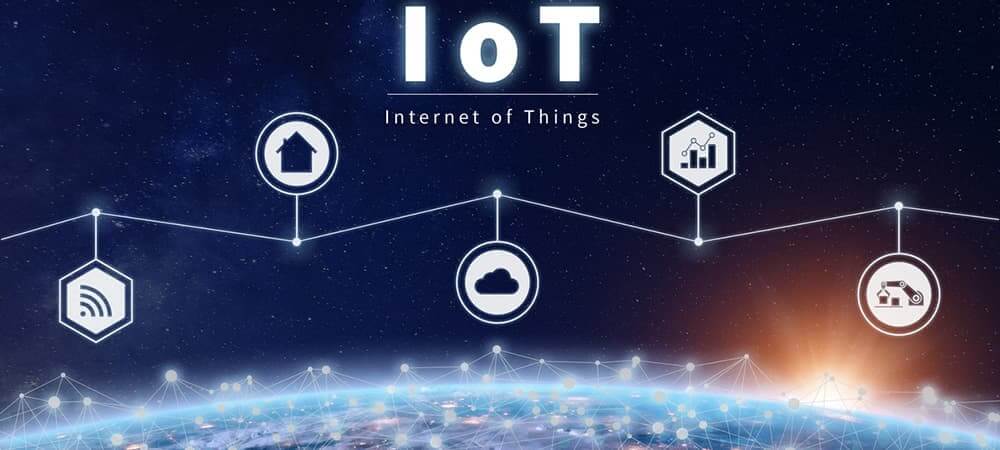
1. The adoption of 5G networks by wireless carriers leads to advancements in IoT devices.
The world is buzzing about 5G and its potential to transform the industry. This fifth-generation technology standard for mobile broadband networks can support high data transfer rates and low latency. In applications that require direct network functionality, this is a game changer. However, it will take time to transition to 5G fully.
Additionally, 5G will allow wireless carriers to compete with traditional and home internet companies. With the ability of 5G services to bring the fastest internet to the house, with enough bandwidth to support simultaneous broadcasting and latency to keep other things such as games, virtual reality, and other high-bandwidth applications, the mobile phone industry has the technology. To replace the Internet.
First, it is essential to get rid of 2G and 3G networks and move almost exclusively to 4G as we prepare for all the fantastic possibilities of 5G. It happens, and although it will take time to update the company, it will be worth the wait.
2. Better car upgrades and better road safety
With the introduction of 5G and ultra-low latency, the technology that powers smart cars will become increasingly ubiquitous. Intelligent cars can follow traffic and road conditions, manage routes and improve fuel efficiency. And while we may not see autonomous vehicles on the road in the next few years, semi-autonomous cars are already in the works. These vehicles assist drivers with steering, braking, parking, and lane changes. Low-powered drivers with the Internet of Things benefit from technology that controls certain vehicle parts to avoid accidents. Ultimately, intelligent car IoT(Internet of Things) systems reduce human error and make driving easier and safer.
Also visit, Moving Fresh insight about Zelle US based computerized instalments organization
3. Smart cities and the rise in the governance of IoT (Internet of Things 2023)
One of the revolutionary applications of IoT(Internet of Things) is the advancement of smart cities and how communities can use this technology to make life better for their constituents. Indeed, this hot topic attracted the audience’s attention during the CES 2022 event. This influential technology event features global business leaders and innovators to discuss an essential thing in the company.
The smart city took center stage at the conference, and the panel discussion showed the impact of IoT(Internet of Things) on-road technology, alternatives for transportation, public transport, and job growth corresponding to the implementation and expansion of IoT(Internet of Things) in cities. Embracing innovative technologies allows cities to be more flexible and save time and money.
4. Enterprise IoT(Internet of Things) adoption
We have already seen tremendous growth in the consumer sector of IoT(Internet of Things) usage. Although enterprise adoption has lagged behind consumer adoption, it is now increasing significantly. McKinsey said that the number of companies using IoT technology grew from 13% in 2014 to around 25% in 2019. Businesses are now using IoT to transform agriculture, fleet management, warehouse management, and health outcomes, among other things.
We expect to see business use cases for the IoT increase, providing the foundation to support many core business functions across enterprises.
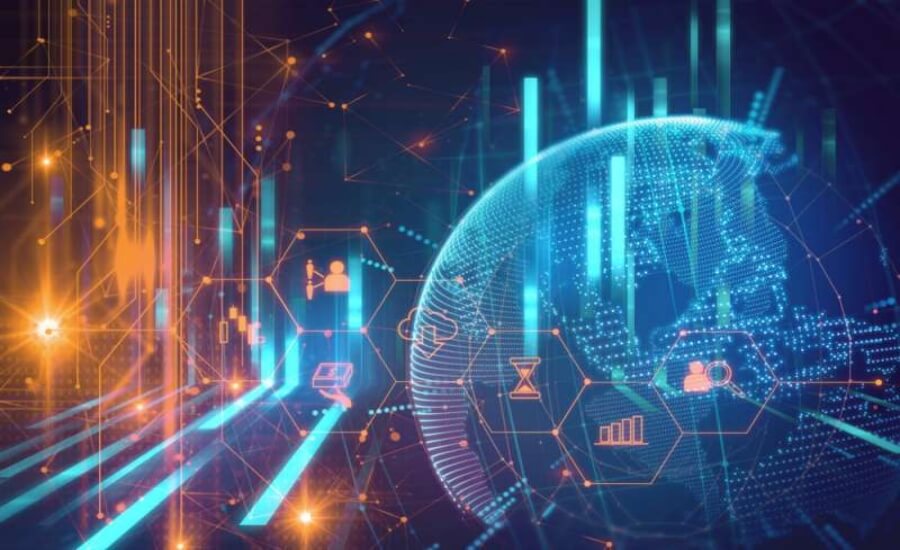
5. Advances in human intelligence for higher understanding.
Gartner has identified artificial intelligence as one of the top technology trends for 2022, and AI is significant in the IoT(Internet of Things). The data generated by IoT is precious.
Companies can use this data to gain insights to improve customer experience, increase productivity, improve profitability, and spot product development opportunities. Advanced analytics uses machine learning to apply massive amounts of data generated by the IoT to uncover deep insights, make predictions, and recommend action plans based on that information.
Machine learning can analyze data that is otherwise impossible to process accurately. As a result, businesses of all sizes will have the opportunity to maximize the value of the data from their IoT(Internet of Things 2023) solutions.
6. Edge Computing continues to organize data locally
In front-end computing, data generated by IoT devices can be processed and analyzed closer to its source. Processing data locally at the device level instead of sending it to the cloud increases speed and reduces traffic, which can also reduce data costs. Edge computing has applications in various industries, including autonomous vehicles, predictive analytics, patient monitoring, and remote monitoring of infrastructure. This development could significantly change the IoT as more companies can implement IoT strategies. Read more: Edge Computing vs. Cloud Computing: Why IoT Expansion Needs Two.
7. The advent of the IoT(Internet of Things 2023) frontier
We expect to see the migration of traditional Wi-Fi or Bluetooth-enabled devices to mobile phones due to increased competition from technologies such as NB-IoT. Think this way: if your home’s intelligent lock IoT(Internet of Things) device is only Wi-Fi and your home loses power, it will stop working. As we have mentioned in previous articles, the phone has redundancies that give it reliability and security advantages over technologies like Wi-Fi.
The future of IoT(Internet of Things) is starting now.
As we pave the way to usher in the future of IoT(Internet of Things 2023), we are excited about the promising opportunities ahead. As this industry continues to develop and grow, we hope every customer and industry will benefit and gain the capabilities they need to build technologies that will improve lives. We are better.

